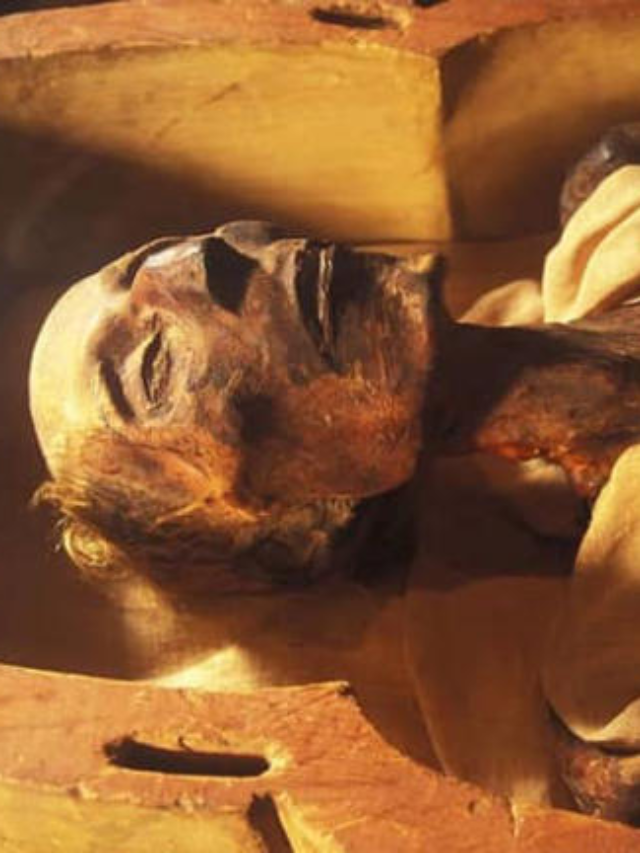
Archaeologists have made a groundbreaking discovery in Egypt, uncovering the sarcophagus of one of the country’s most renowned pharaohs, Amenhotep I. This finding marks a significant milestone in Egyptology, shedding new light on the life and reign of this ancient ruler. Amenhotep I, who ruled during the 16th century BC, is considered one of Egypt’s greatest pharaohs, known for his military victories and cultural advancements.
The sarcophagus was found in the city of Luxor, within the tomb of another pharaoh, King Amenhotep II, in the Valley of the Kings. This unexpected location has led researchers to speculate about the relationship between the two rulers and the reasons behind the burial arrangement. The sarcophagus itself is intricately decorated with hieroglyphics and other symbols, providing valuable insights into the religious beliefs and funerary practices of ancient Egypt.
The discovery has generated excitement among archaeologists and historians, who view it as a rare opportunity to study the remains of a pharaoh from the New Kingdom period. This era, known for its monumental architecture and grandiose tombs, holds particular fascination for scholars seeking to understand the complexities of ancient Egyptian society.
The sarcophagus of Amenhotep I represents more than just a historical artifact; it is a window into the past, offering clues about the life and legacy of one of Egypt’s most illustrious rulers. As researchers continue to analyze the findings, they hope to unlock even more secrets about the enigmatic world of ancient Egypt.







